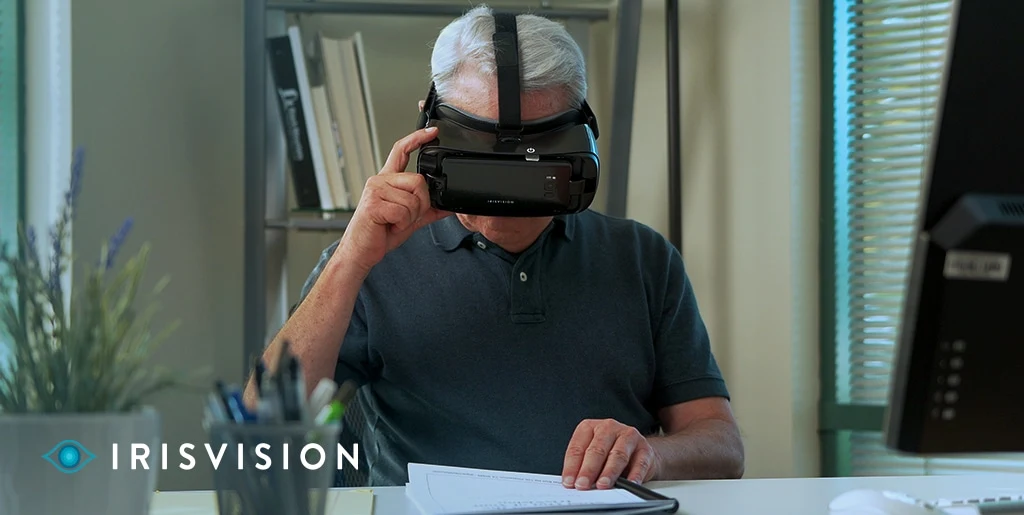There is no doubt that digital accessibility as well as assistive technologies can be beneficial for both employers and employers both. From a business standpoint, the total disposable income for working-age disabled people is $490 billion as reported by American Institutes for Research in 2018.
The amount of value disabled workers bring to any organization far exceeds the monetary benefits. The problem-solving skills and critical thinking are two of the main strengths of the disabled or visually impaired workforce, acquired through overcoming daily obstacles to pursue their day-to-day activities. Their creative, unique ideas and perspectives help set a diverse company environment that is inclusive in nature. The loyally and commitment inspires innovation amongst other employees in a work setting.
Several studies such as the 2018 Accenture report on Disability Inclusion Advantage in partnership with the American Association of People with Disabilities indicate a clear rise in performance of businesses that employed people with disabilities. The businesses recorded:
- 28% higher revenues
- A two-fold increase in net income
- 30% increase in profit margins
Similarly, a report by the Department of Labor indicated a 90% increase in employee retention for employers who embraced disability. There are also several tax incentives provided by the IRS US Federal Government for small businesses that employ disabled individuals. Here are 3 tax incentives:
As a small business, you may be eligible for three federal tax incentives if you hire workers who are disabled:
Certain factors increase the likely hood for the disabled to be hired. A study concerning youth who participated in a VR program indicates that 91% of participants who used technological aids attained a job whereas only 25 percent of graduates who did not use them found jobs (Journal of Visual Impairment & Blindness 2013)











